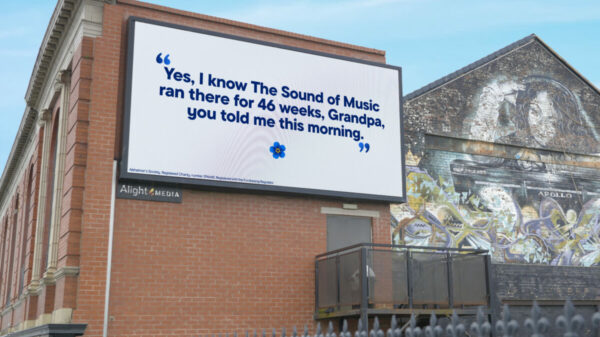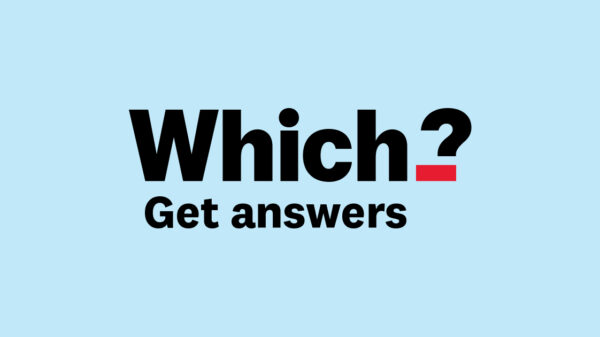It is a common truth within the advertising industry that the current briefing process is inherently flawed, often inefficient and at times downright unsustainable.
Although it is a crucial part of the pitching process, around half of all marketers have never had any formal training in brief writing. The resulting deficiencies in the overall process are costing agencies an estimated US$300 billion a year – up to a third of all marketing budgets.
Briefly co-founder Gabriel Sayers – previously of AMV BBDO and currently working at fintech firm ClearScore – quotes US venture capitalist Paul Graham when summarising the general malaise surrounding the issue.
“It’s this idea of schlep blindness. You know you’re onto a good problem when everybody seems to have just accepted the schlep. In this case, that means briefs where you spend ages going back and forth with the client, with both parties getting annoyed at one another, leaving the agency feeling that everything’s unclear.”
So how can this ‘schlep’ be remedied? Sayers and his business partner Ewan Patel – who is currently working as a planner at Saatchi & Saatchi London – believe that new technologies can streamline the whole ordeal, saving agencies both time and money.
The two came together to do exactly that and created Briefly – an AI-powered platform which allows marketers and agencies to create briefs and gain clear, detailed insight at speed.
The brief is the most important document – and the most neglected
After launching in Alpha late last year, the platform has been met with resounding interest and is due to enter its Beta phase in the coming months.
“We think about the brief as a launchpad for the whole campaign. People unanimously agree that the brief’s the most important document in constructing a campaign, but at the same time, it’s probably the most neglected,” Sayers says, adding that here’s typically a “real disparity in quality” between briefs.
Using the latest Natural Language Processing technology, Briefly delivers AI-generated, human-validated tips, prompts and feedback, helping marketers and creatives minimise the amount of misdirected and ineffective work.
Patel likens a brief to “a cannon that you have to aim in the right direction”.
“If the brief is the springboard, then you may as well have the best springboard possible. It can help agencies and marketers work better in their partnerships by providing the ideal starting point and will allow account handlers and strategists to better, stronger insights, faster,” he says.
“We’re not trying to change the way that marketers work with their agencies, it’s about giving both partners the best starting point possible.”
Subscribe to Marketing Beat for free
Sign up here to get the latest marketing news sent straight to your inbox each morning
The marketing stack has been “completely disrupted” by technology
Although lack of training and clear, concise objectives are part of the reason many briefs fail, inadequate tools mean many marketers are still compiling briefs by “filling in boxes in Word” and unable to take advantage of rapid technological advances.
“Everything else in the marketing stack has been completely disrupted by technology,” he says.
“The way we buy media, the way we create assets, the way we optimise for audiences… We figured that we needed to develop modern tooling first – then if we could deliver training at the point of brief writing to people, then that would be really effective.”
Circling back to the central issues with the process as it is today, Sayers says it is imperative that the brief’s objectives are “linked up to a strategic business goal”, adding that they must be “smart, specific, measurable and realistically timed”.
Patel adds: “Bad briefings happen when that information isn’t translated to an agency, isn’t communicated effectively enough, or isn’t communicated at all.”
How then does Briefly stand out from other tools which have claimed to be key to finally producing a (relatively) stress-free brief, such as The Uncreative Agency, which was developed by DDB’s George Strakhov?
According to Sayers, Briefly’s function lies “much more upstream” than where most AI tools are currently focused, which he describes as “the ‘pointy end’ of marketing”.
“It’s laser-focused on getting marketers to create better briefs and leveraging technology as part of that to provide tips, prompts and feedback. If we can solve that for marketers, the gains they’ll see will mean that become a de facto tool where you can’t really imagine how you used to brief without it.”
The briefing process is akin to “an exercise in cat herding”
Slated for a full summer launch, the platform has garnered significant interest since the roll out of its beta phase last year and currently boasts a waitlist numbering around 5,000 companies.
Having developed Briefly at a time when marketing budgets are increasingly squeezed due to global economic pressure and the ongoing impact of the Covid-19 pandemic, Sayers and Patel have been surprised by the sheer amount of demand they appear to have unlocked.
“I used to get notifications on my phone each time someone signed up and we went through a two day period we had to turn it off because it was draining the battery so quickly,” Sayer explains.
“We’re finding with our early adopters, that it’s often when marketers and CMOs are being asked to do more with less, that us pointing out a hole in their current budget and their current function, and a way of addressing that with minimal onboarding has proved very popular.”
With both young men likening the complicated briefing process to “an exercise in cat herding”, they seem to have found a genuine gap in the market for their tool. After all, business will never pass up an opportunity to do something faster, more efficiently and at a lower cost.
Although Patel and Sayers seem surprised that they’ve managed to get this far without killing each other, Briefly seems destined for the limelight upon its full launch this summer.
Whether it not it becomes a de facto tool within the briefing process remains to be seen, however it certainly signals a concrete desire to fix the issue and marks an interesting next step in AI’s increasing influence over the sector.









